Printed Circuit Boards (PCBs) are required in many of the products we use on a daily basis. For these products to be successful, they must be designed carefully to achieve a balance between longevity, cost, performance, and functionality. SPICE simulation can help accomplish these goals by testing at both the board and system level.
What is SPICE simulation?
SPICE Simulation tools help engineers optimize the behavior of electric circuits by allowing them to simulate the circuit's function under a range of conditions. Often these tools use mathematical models to determine the actual behavior of the design or electronic device. Simulation routinely starts at the schematic stage and is used to examine electrical behavior, as well as improve reliability and performance with circuit optimization.
Why Simulate?
1. Faster Design Process
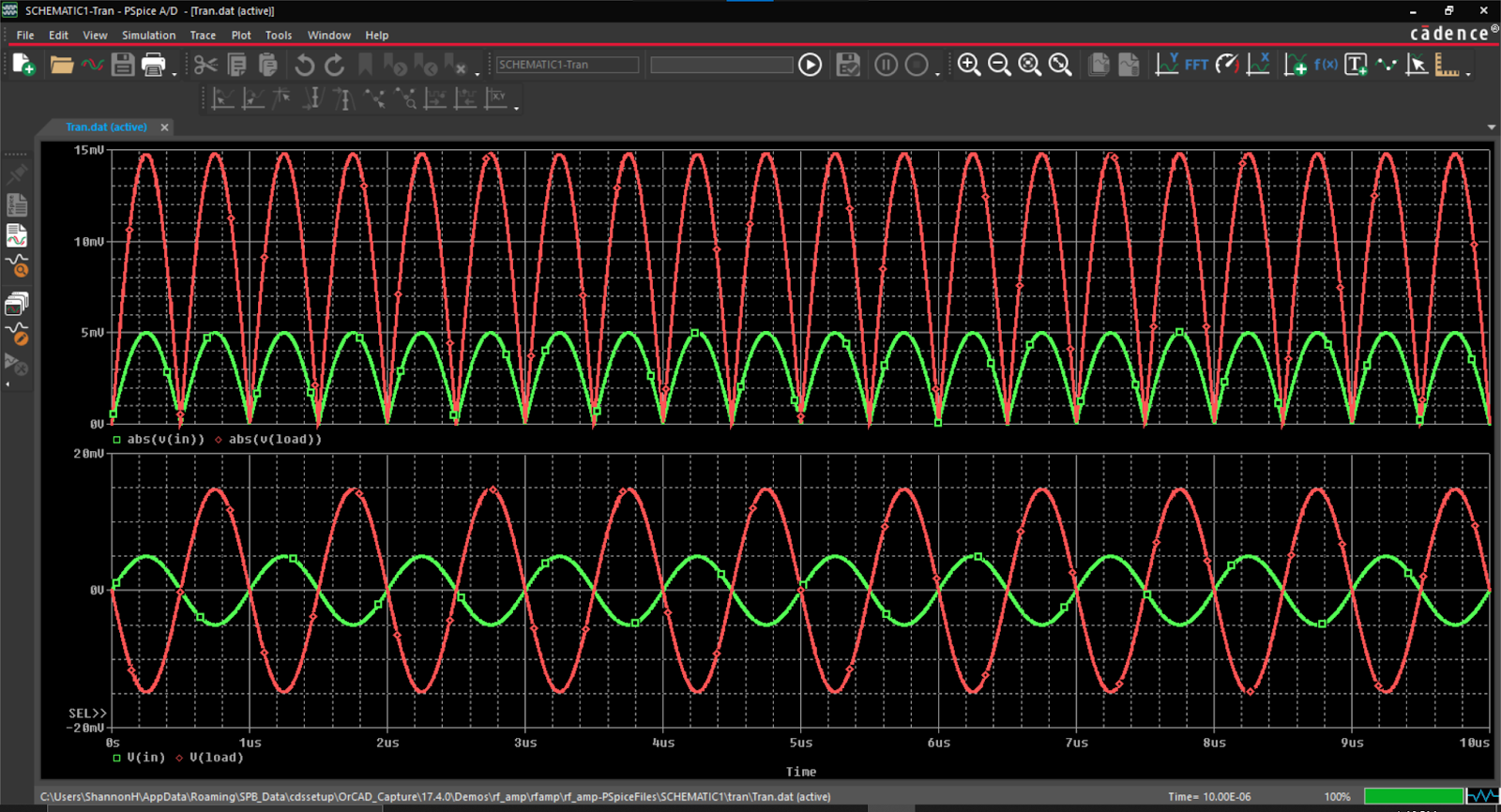
Simulation significantly speeds up the design process, enabling companies to introduce innovative, cost-effective products to the market more quickly than their competitors. While some may argue simulation setup can be time-consuming, in the long run the design process is streamlined. Time spent upfront configuring and performing circuit analysis, saves significant time during the prototyping and testing phase of the design. SPICE simulation makes it possible for engineers to evaluate the performance of their circuits while it is in development. The PCB development process, which often involves the creation and testing of physical prototypes, is streamlined with pre-verification in a virtual simulation environment. This decreases the amount of design re-spins, speeds up design cycles, and provides an opportunity for a quicker product release.
2. Reduces Field Failures and Plan for Environmental Influences
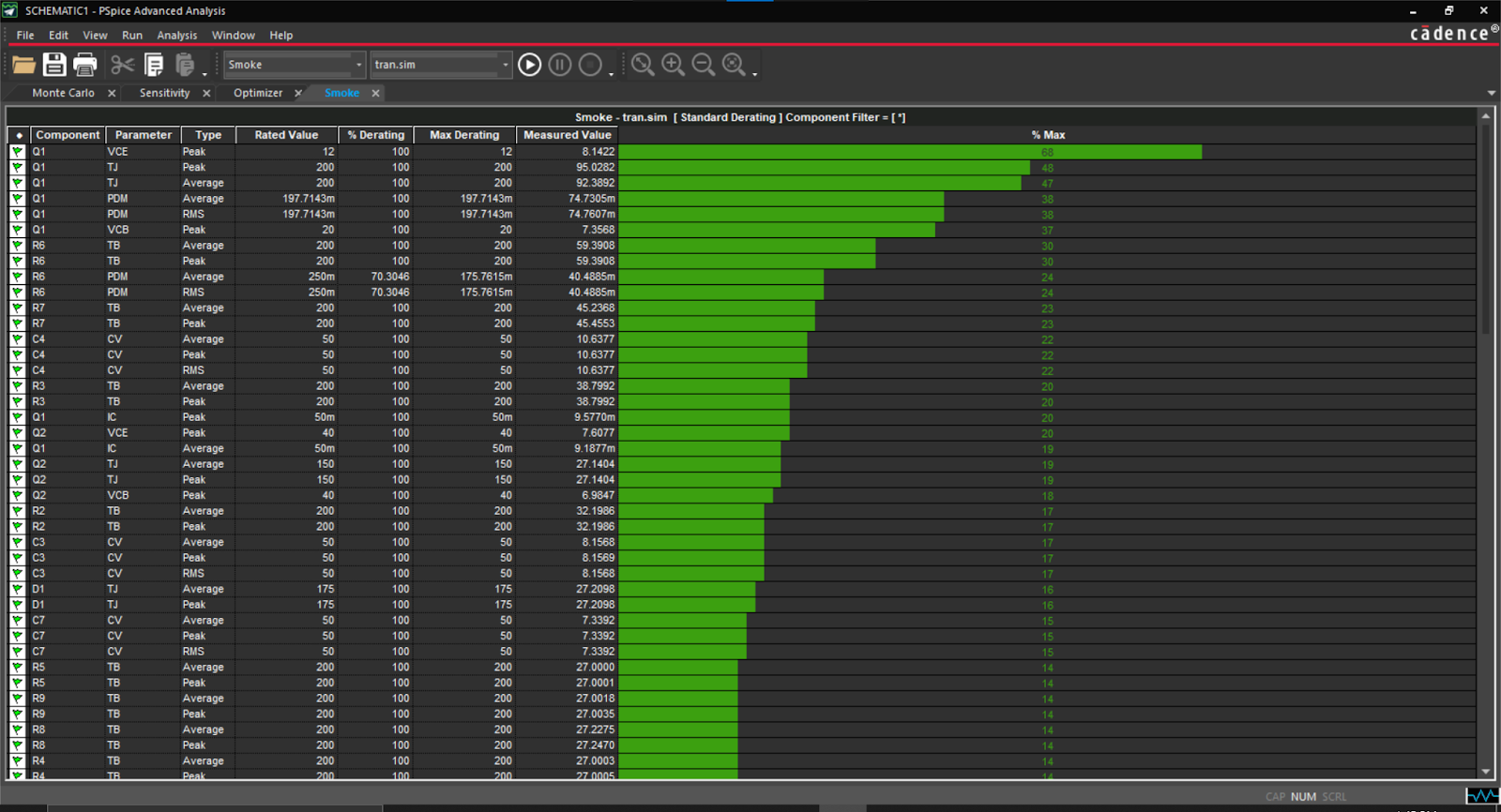
Products on the market today are expected to perform more efficiently in harsher conditions. Standard circuit verification in the lab provides minimal insight into product performance in the field. PCBs, especially those used in critical applications, are required to go through rigorous testing in chambers that emulate harsh environmental conditions to ensure functionality in the field; however, this testing can be expensive and time-consuming. Unnecessary testing iterations cannot be justified with strict budgets and timelines.
Most often, ineffective circuit design is caused by a lack of insight into how the design and components will behave in the field; leaving engineers unable to make educated design choices until a design is complete and a prototype is produced. This coupled with pressures to scale back expenses, increases the risk of product failure. To address this challenge, many companies are utilizing simulation to guarantee products consistently meet or exceed client expectations.
3. Eliminates waste and increases product yield
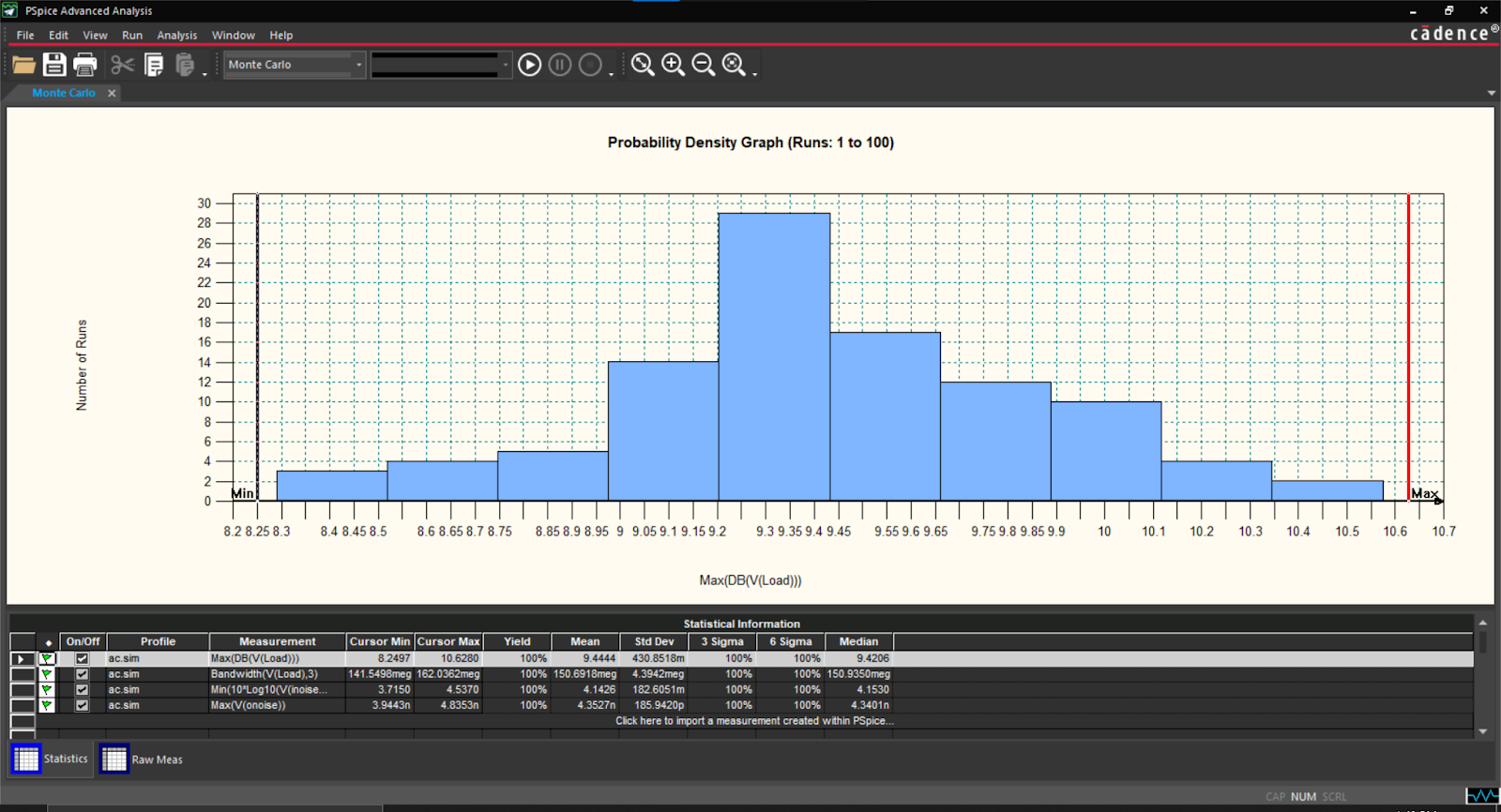
Through simulation, engineers can virtually verify circuit functionality. This reduces prototype iterations and rework due to ineffective circuit design, ultimately reducing waste. Even worse, if an error was detected after a mass production, a large quantity of boards may be unusable and disposed of if the error is not easily resolved.
Not only does waste occur from design errors or failed prototypes, but it can also due to inconsistencies in the final board production. Every mass production will see variation in the final yield, either due to variations in the manufacturing process or variations in components. Typically, inconsistencies in the manufacturing process (i.e. tombstoning) can be easily caught and resolved manually but variations in components are more difficult to identify. Every discrete component is produced with an associated tolerance, specifying the possible value range. One component, pushed to its tolerance, can result in complete board failure and with hundreds or thousands of components on boards, identifying the problem component in the lab is almost impossible. Simulators can statistically model circuit behavior, incorporating component tolerance, to accurately predict production yield and reduce wasted boards.
4. Lower Product Development Cost
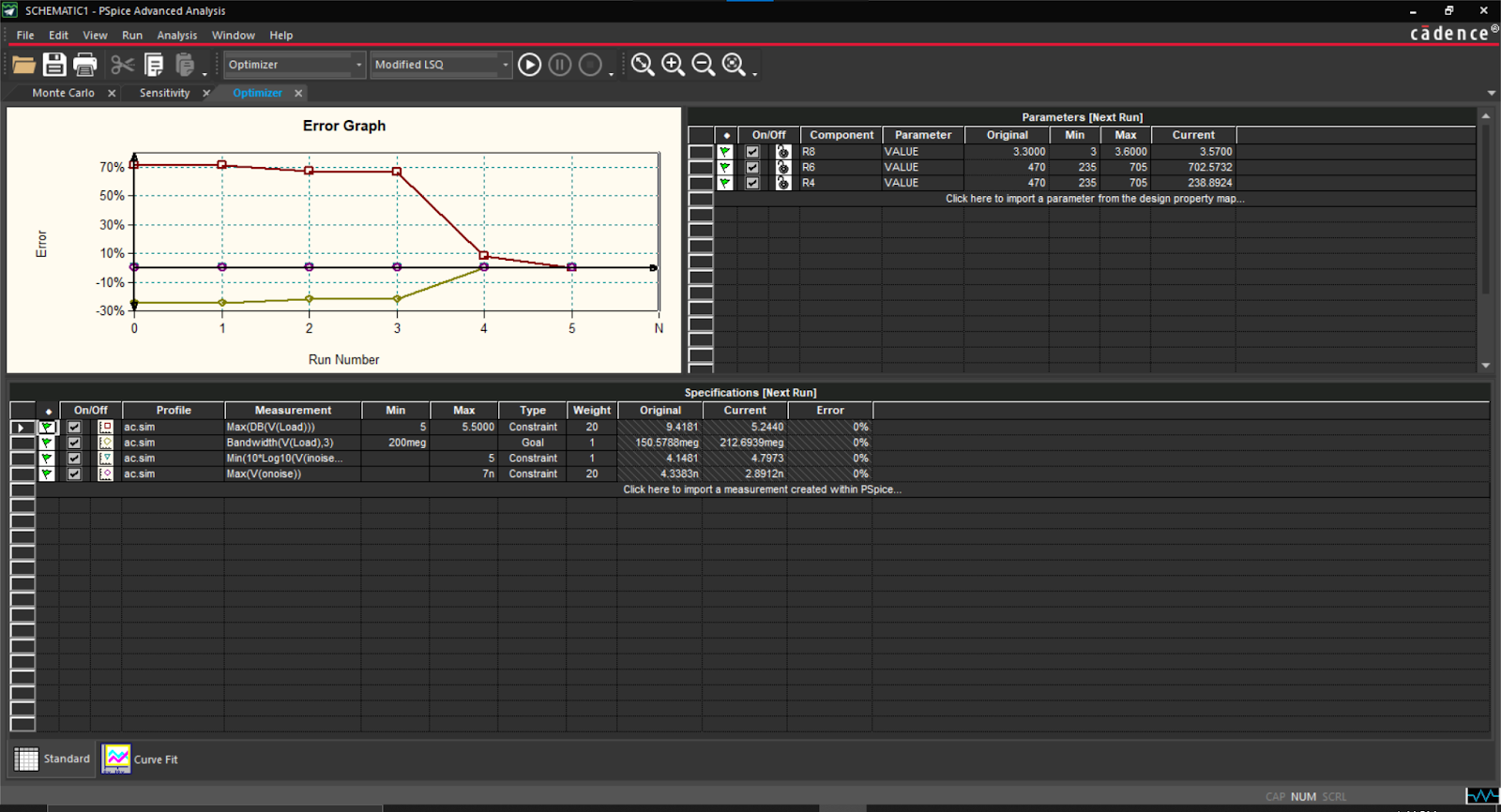
Engineers benefit from the information obtained through simulation. SPICE simulation provides engineers with the chance to identify faults and eliminate inefficiencies that cause obscure problems long before a prototype is built. This reduces the need to produce and test multiple prototypes, minimizing the overall development costs.
Using simulation, circuit performance and component values can be optimized. Ideal component values can be chosen to guarantee peak performance and the effect of component tolerance on circuit behavior can be analyzed. Engineers can then determine the critical components which require tighter tolerances (that are often more expensive) and loosen tolerances on non-critical components, ultimately reducing overall component cost.
5. Allows for Informed Design Decisions
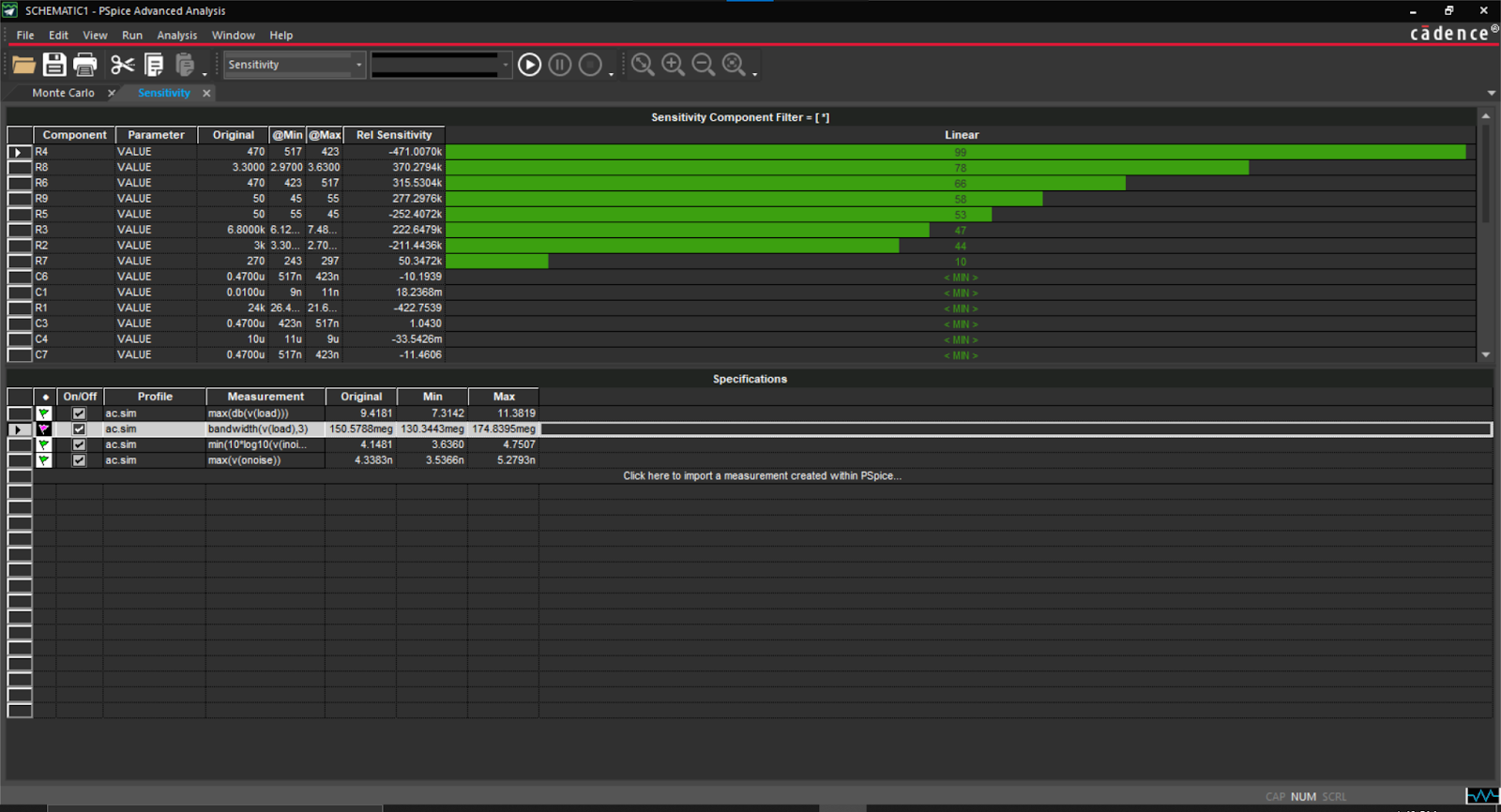
By mimicking the behavior of the designs, circuit simulators are able to provide the designer with information that can help determine if design requirements are being met. This leads to fast and effective problem-solving of complex design issues when change is easiest. By incorporating simulation into the design process, multiple scenarios can be assessed and informed design decisions can be made. Engineers are then able to analyze trade off decisions and achieve a balance between cost, performance, dependability, and environmental sustainability.
Utilizing simulation in your design process can play an integral role in overall design success. By identifying errors earlier and optimizing the design, simulation programs help engineers find a balance between reducing costs and preserving reliability. The OrCAD Free Trial offers a free version of PSpice to complete designs in a reliable, easy-to-use environment while providing a seamless path to upgrade capabilities when needed.











